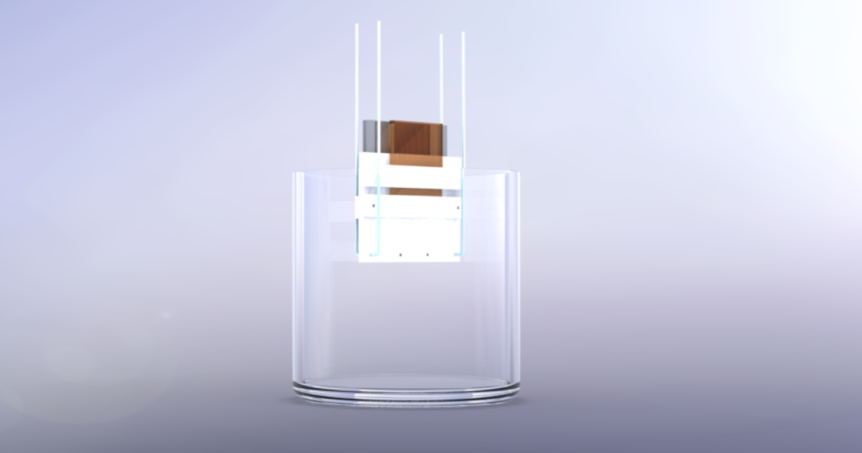Hello Again!
It’s good to be back, and we have been busy!
Joining us this quarter is Allen Kine, an former Northrop Grumman industry specialist. He will be helping us this quarter with research and testing. Also joining us as a team lead is Tyler McNally, a 4th year Material Science Engineering Major. He will be replacing our old purchasing manager, Patrick, who is not with the team anymore. We wish him well. Another team member joining us this quarter is Michelle. She is a 2nd year Chemical Engineering major and has joined the Nickel Oxide team!
This week, the testing team has decided on making a new potentiostat, since the one currently used so far would not meet the needs of this project. Last week, under careful consideration, the testing team ordered the materials for a new, more complex potentiostat. The testing team also met up with Mr. Kine to teach us soldering a complex circuit board and gave us equipment and tips on how to assemble this new potentiostat. The testing team also troubleshooted the power supply box and started assembling the new one, which would be a lot easier to use. Shown above is a new design for a slide holder for chemical bath testing. Mr. Kine and Dr. Rafique has recommended that the team refine the test process to include a set distance between the test slide and the graphite plate. This design will be made this week.
The Tungsten Oxide team met up to fabricate a few new films with the old process to make the most of already spent money. The team hoped that they could salvage the previous process, as the results were not up to par. Slides will be given to testing team. The team also learned to clean and use a spin coater for the sol gel. This will be used as a backup for the cathode source in case the new Tungsten process does not provide good results.
The Nickel Oxide team labeled and measured spinning rates by Tachometer this week. This helps to improve accuracy in the controlling parameter that leads to setting spinning rate for the chemical bath deposition. Furthermore, the team completed a deposition study for creating a visual for particle dispersion in solution with varying spin rates and particle size, and the influence of magnetic stir bar size and RPM relation with vortex size. This will help to increase understanding for optimal slide placement from center of beaker and angle with respect to the vortex. The team also produced a slide after testing slide placement facing the wall of beaker. The team also tested persulfate being added after ammonia and nickel sulfate hexahydrate, and waiting 30 seconds to place slide in system. This however, led to a minimal slide deposition, resulting in a not so good process. More work will be done in the following week.
As for safety and documentation, the safety lead, Tiffany, would like to observe and learn safety procedure and precautions and document this for the next generations of this project team. In addition, she has created an archive of formalized documentation of potential hazard and accident reporting and hopes that the team and future colleagues would use this as a reference of safety. The documentation lead, William, is requiring that everybody on the team submit 100 words or less “blurb” of the tasks they’ve done this week. These blurbs will be kept confidential and help access how well the team is functioning.
That’s it for now, thanks for tuning in!
Thermal Spacecraft Team

